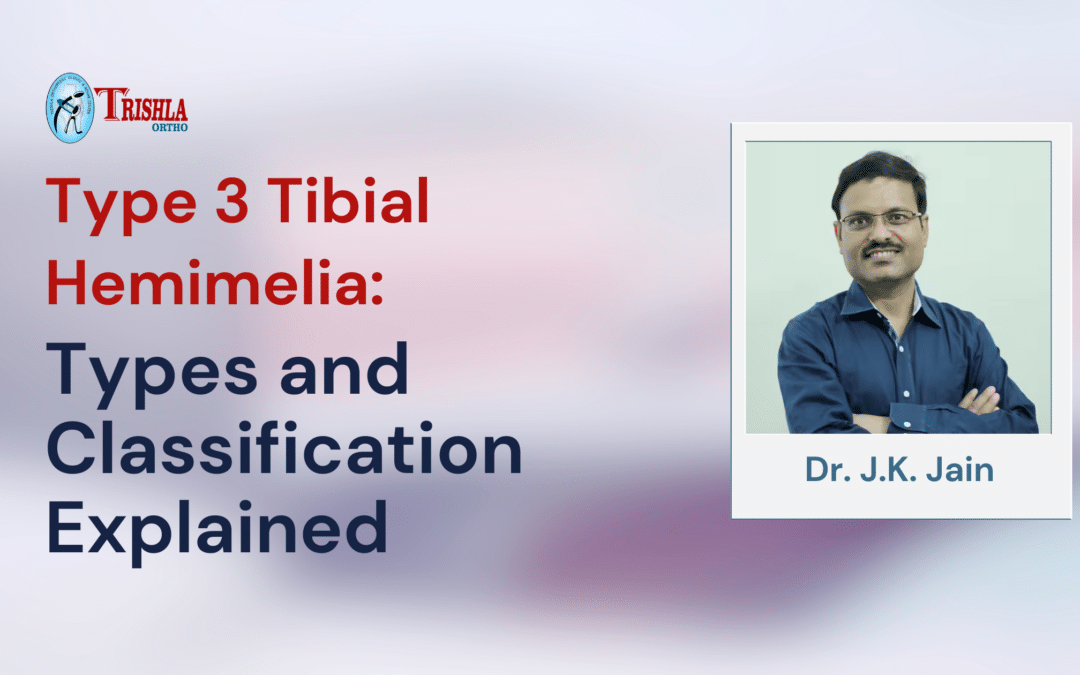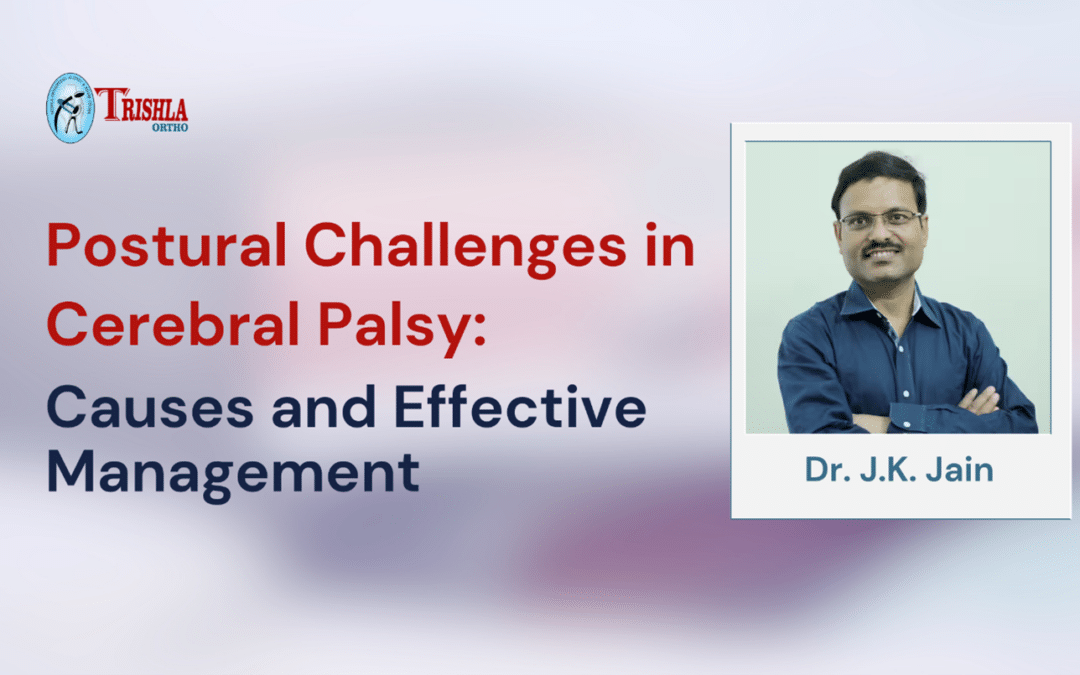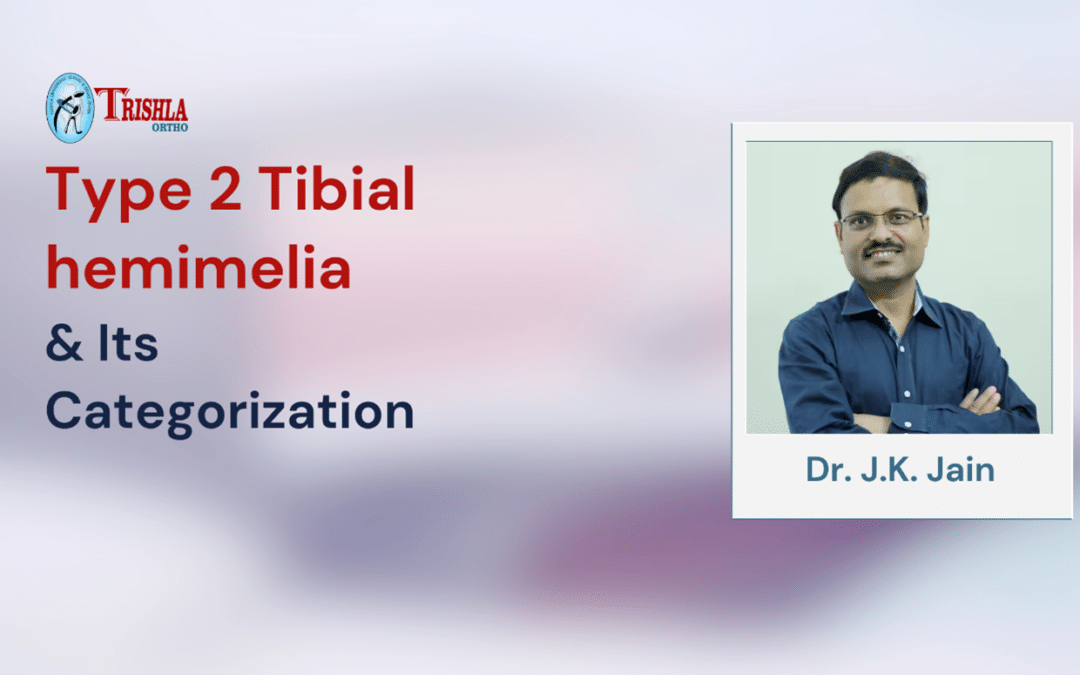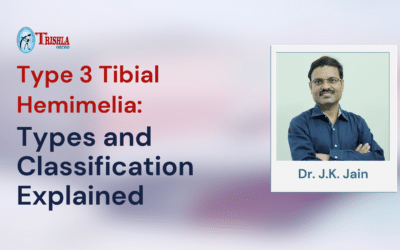Congenital Pseudarthrosis- it is a rare pathology with various clinical presentations ranging from simple anterolateral tibial angulation to complete nonunion with extensive bone defects. More than 50% of cases are associated with neurofibromatosis, 10 percent with fibrous dysplasia, and the remaining as idiopathic. It is the most challenging and dreaded condition. CPT tends to refracture until skeletal maturity fracture can occur even in adults. Refracture incidence is highest in younger ages. Neurofibromatosis & younger age at treatment is considered a negative prognostic factor.
Pathology: pathology is still poorly understood. Many theories have been given for this problem but the most suitable ones are
1 Diseased periosteum
2. Osteolyticfibromatosis
3. Increases osteoclastic activity
Investigation– x-ray and assessment of multilevel neurofibroma should be ruled out by detailed history and examination.
Treatment – Drohrpaley’s approach
X-union protocol –
Mechanical modalities– correction of angular deformity, stability of fixation using external and internal fixation, increasing width at the CPT site by the cross union of tibia and fibula, reinforcing the bone strength with IM nail of tibia and fibula
Biological fixation– resection of the fibrous hamartoma & any hypo-vascular bone, improving the blood supply to the CPT site, autogenous bone, and periosteal grafting of the CPT site.
Use of intravenous zoledronic acid, calcium, and Vit D 2 weeks before the operation
Use of BMP at CPt site
All the patient’s limbs will be protected by a brace for years.
Despite all these measures, the chances of refracture can’t be denied. But till now by this technique, the original author has achieved 100 % outcome with no refracture to date. The intramedullary rod has to be changed as the child grows.
Reference link –
https://www.ncbi.nlm.nih.gov/pmc/articles/PMC3543877/
https://www.ncbi.nlm.nih.gov/books/NBK576443/
https://www.sciencedirect.com/science/article/pii/S1877056811001885











